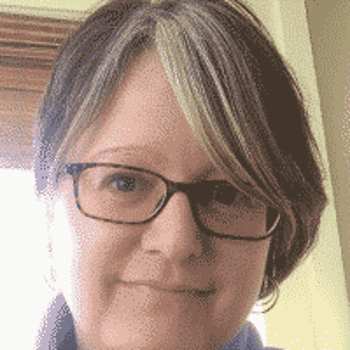Seasonal affective disorder can impact quality of life. Find out the details and statistics of this condition and learn about how it is treated.
Do you find yourself experiencing a loss of energy and a sense of sadness during certain times of the year? You may have seasonal affective disorder.Seasonal affective disorderis a relatively common condition, particularly in northern climates when fall and winter seasons significantly shorten the hours of sunlight per day.
Facts about seasonal affective disorderinclude:
- There are two types of seasonal depression: winter onset and summer onset
- Reduction in exposure to sunlightis the primary cause of the condition, resulting in decreased serotonin levels
- Increased darkness during the fall and winter months increases melatonin levels, influencing sleep patterns
- Seasonal depression often impacts appetite and results in weight gain due to cravings for carbohydrates
Prevalence of Seasonal Depression
As one might expect,seasonal affective disorder prevalenceis higher in northern climates and largely depends on one’s proximity to the equator. Thefarther an area is from the equator, the less sunlight they are apt to get during fall and winter months. Compared to 1% of Floridians,9%of those who live in New England or Alaska experience seasonal depression.
Seasonal Depression Risk Factors
Risk factors for seasonal affective disorderare relatively clear cut. If you are female, you are more likely to experience seasonal depression than men, at a3 to 1 ratio. People who experience this condition usually begin to notice it in theirearly 20s, and it often runs in families, suggesting agenetic component to seasonal affective disorder.Geographic location plays a key role, in that areas further from the equator experience higher rates of seasonal depression.
Diagnosing Seasonal Affective Disorder
Seasonal affective disorder according toDSM-5is known as depression with a seasonal pattern. A licensed mental health professional can diagnose the condition, which is determined by meeting the criteria for the condition.
Seasonal affective disorder criteria include:
- Depressive symptoms (sadness, tearfulness, loss of energy, agitation, sleep issues, fatigue) that correspond with a particular time of year (i.e., fall or winter)
- Symptoms disappear when the season ends (season changes to spring or summer)
- Seasonal depression has occurred for at least two years during a designated season
- There have been more episodes of seasonally-related depressive experiences than non-seasonal depressive episodes over the lifespan of the individual
Rates of SAD and Co-Occurring Conditions
Seasonal affective disorder and depression are not the same condition and generally do not co-occur. One can have a diagnosis of depression that does not relate to seasonal changes. The primary distinction between the two conditions is that seasonal depression is alleviated with the change of season, while depression is not.
Other conditions can co-occur with seasonal depression, such as anxiety or substance use disorder. Whenseasonal affective disorder and anxietyco-occur, it can result in avoidant behaviors and withdrawal from others. Seasonal depression that isself-medicated with substance usecan result in adverse outcomes that impact one’s ability to cope effectively and damage relationships with others. Substance use disorder is less likely to remit during the spring and summer months, increasing the likelihood of a long-term condition.
Onestudy foundthat seasonal affective disorder andbinge eatingare correlated. The study showed a link between negative mood, seasonal changes and binge eating.
Seasonal Affective Disorder Treatment Options
Seasonal affective disorder treatmentcan be highly effective. Common treatment modalities include light therapy, talk therapy and medication.Lifestyle changesare also recommended during seasonal depressive episodes, including increased exercise, spending time outside and eating healthy, well-balanced meals.
Are you struggling with seasonal depression and a co-occurring substance use condition? Help is available.Reach outto The Recovery Village for more information about how our services may help you.








